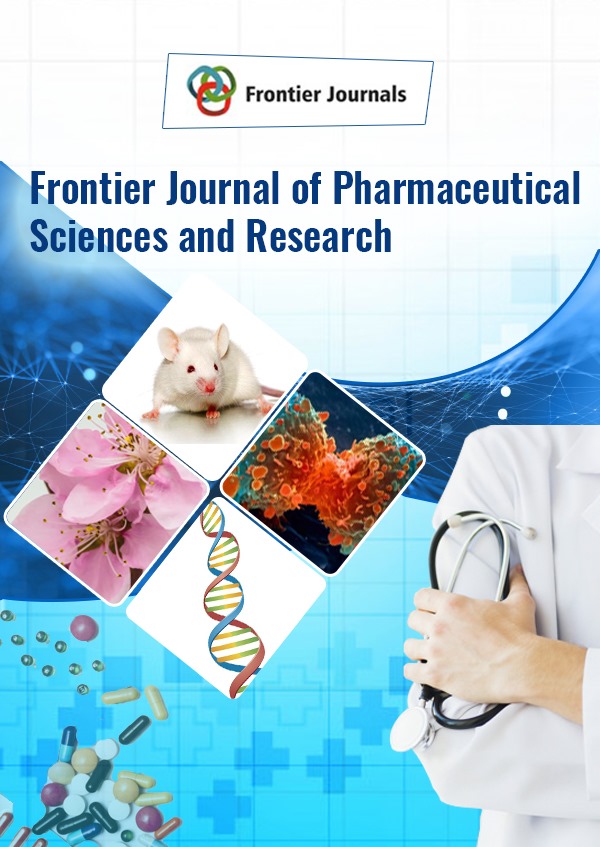Development and validation of Glyburide In RP- HPLC
Keywords:
Glyburide, HPLCAbstract
The simultaneous evaluation of Glyburide in tablet form required the development and approval of a short, direct, actual, particular, and particular opposite step HPLC procedure. The testing procedure involved dissolving methanol. Glyburide was tested at a chosen wavelength of UV three hundred nm, and linearity was seen at a concentration range of 160–240 g/ml. Once the exactness of the planned method was put forth in accordance with ICH regulations, rebuilding studies confirmed the impacts. The procedure can be used to evaluate drug dose definitions without the interference of various excipients and diluents. Glyburide's immediate response (r2>0,999) is the result of its intention among the closest toppers being more than 1.5. The method can be used to precisely quantify both mass and the shaped dose of the final product in a single control variable. Moreover, the technique was evaluated in accordance with ICH rules, and the outputs were considered to be within the satisfactory scope. therefore, the planned approach may be used for the standard excellent power of the medicines and may also be practical to the strength of Glyburide in pharmacokinetic examination.
 Abstract: 137 Views
Abstract: 137 Views PDF: 35 Views
PDF: 35 Views
Downloads
Downloads
Published
How to Cite
Issue
Section
License

This work is licensed under a Creative Commons Attribution-NonCommercial-ShareAlike 4.0 International License.





 Frontier Journal of Pharmaceutical Sciences and Research is licensed under a Creative Commons Attribution-NonCommercial-ShareAlike 4.0 International License. Based on a work at
Frontier Journal of Pharmaceutical Sciences and Research is licensed under a Creative Commons Attribution-NonCommercial-ShareAlike 4.0 International License. Based on a work at